Whether you only use your RV on weekends or live in it full time, comfort is a priority, especially during those hot summer months. A key component for maintaining comfort during this time is an efficient air conditioner that’s specifically for RVs. Before you go out and buy one, though, there’s a lot you’ll need to know about these cooling units.
This post is here to help by providing a comprehensive guide on everything you need to know about RV air conditioners. By the end, you’ll be able to make an informed decision on your RV’s cooling needs.
Different Types of RV Air Conditioners
When it comes to RV air conditioners, there are several types available to meet various needs. The most common type is the rooftop air conditioner, which mounts onto the RV. These units are popular because they save space inside the RV and provide efficient cooling. They come in two main variants: ducted and non-ducted. Ducted systems distribute cool air through a network of ducts, while non-ducted systems blow air directly from the unit.
Another option is the portable air conditioner. Installation of these units isn’t permanent, and you can easily move them around the RV to spots that need them the most. They’re ideal for small RVs or travelers who don’t want to install a permanent unit. However, they do take up interior space and require a venting solution to the outside.
Window air conditioners can also work in RVs, though they’re far less common. You’ll need to install these units in a window or a specially made opening in the RV wall. They’re affordable options but can obstruct views and take up window space. Plus, you’ll need to take them out any time you drive somewhere, so they’re mostly ideal for stationary RVs.
Choosing the Right Air Conditioner for Your RV Size
Selecting the right air conditioner depends largely on the size of your RV. The unit of measure for the cooling capacity of air conditioners is the BTU (British thermal unit). For small RVs, a unit with 5,000 to 7,000 BTUs might suffice. Medium-sized RVs typically require an air conditioner with 9,000 to 13,500 BTUs, while larger RVs may need a unit with 15,000 BTUs or more.
It’s crucial to consider factors such as insulation, the number of windows, and the typical climate you travel in. Better insulation and fewer windows mean you may get away with a lower BTU unit. Conversely, if you frequently travel in very hot climates, opting for a higher BTU unit is advisable. Always ensure the chosen unit is compatible with your RV’s electrical system to avoid overloading it.
Understanding Power Requirements

Speaking of which, it should come as no surprise that powering an RV air conditioner requires a thorough understanding of your RV’s electrical system. Most RV air conditioners run on 120 volts AC power. The energy consumption of these units can range from 1,200 watts for smaller units to 2,400 watts for larger ones. It’s essential to ensure your RV’s power setup can handle the load. You should also know whether you’ll be running other appliances simultaneously, as this can affect your power availability.
Many RVs come equipped with either 30-amp or 50-amp electrical systems. A 30-amp system can generally handle one air conditioner along with a few other small appliances. However, if your RV has a 50-amp system, it can support multiple air conditioners and additional appliances, providing greater flexibility.
For those who prefer dry camping or boondocking, having a generator or solar power system that can handle the air conditioner’s power needs is crucial. It’s also wise to invest in a surge protector to protect your electrical system from potential damage.
Installation Process for RV Air Conditioners
The installation process for an RV air conditioner varies depending on the type and specific model. For rooftop air conditioners, the process typically involves cutting a hole in the roof (if one isn’t already present), securing the unit, and connecting the electrical wiring. It’s essential to ensure a watertight seal around the unit to prevent leaks.
Portable air conditioners are simpler to set up, as they generally require only a power source and a venting solution to expel hot air outside the RV. You can easily achieve this by using a window or a specially designed vent. As for window air conditioner units, you’ll need to find a suitable window or create an opening in the RV wall. You’ll then secure the unit and seal any gaps to prevent air leakage. Proper support is crucial to ensure the unit stays securely in place.
Regardless of the type of air conditioner, you should follow the manufacturer’s instructions carefully. And if necessary, you should consult a professional to ensure proper installation and avoid potential damage to your RV.
Cleaning and Maintenance Tips

One thing that many people should know about their RV air conditioners is that maintaining them is vital for optimal performance and longevity. Regular cleaning is an essential part of this, starting with the filters. You can remove most air conditioner filters, wash them with soap and water, and reinstall them. Cleaning the filters every few weeks during peak usage can significantly improve air quality and efficiency.
You should also clean the coils and fins of the air conditioner periodically. Dust and debris can accumulate on these components, hindering airflow and reducing cooling efficiency. Using a soft brush or fin comb, gently clean the coils and fins to remove any buildup.
Additionally, check for any obstructions in the vents and ducts if you have a ducted system. Blocked vents can reduce airflow and strain the unit. Ensure that the seals around the air conditioner are intact and free from cracks or leaks, as these can lead to water damage and reduced performance. Lubricating the fan motor and other moving parts can also help maintain smooth operation.
If you notice any unusual noises or a decrease in cooling efficiency, you should have a professional inspect the unit. They’ll be able to identify and address any potential issues before they become major problems. This will help your RV air conditioner last for as long as possible.
Where To Get Yours
If you want to ensure the coolest temperatures possible for your RV by installing a rooftop air conditioner, look to United RV Center. We’re here to help. We have a large selection of Colman and Dometic RV AC units for sale on our website. Each one offers you the best experience possible inside your RV by ensuring cool temperatures year-round, so take the time to find the right one for your needs today.


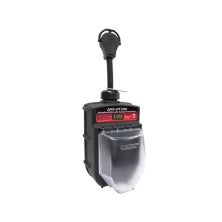
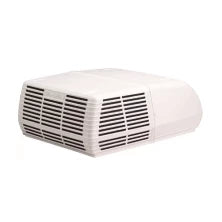
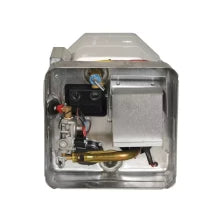
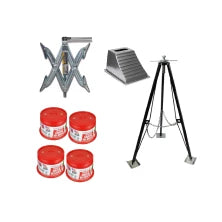
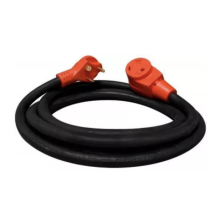
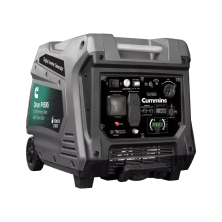

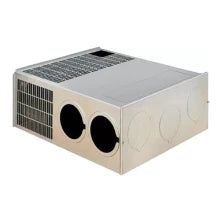

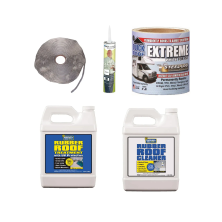
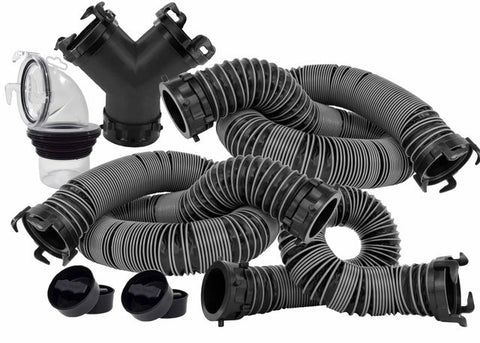
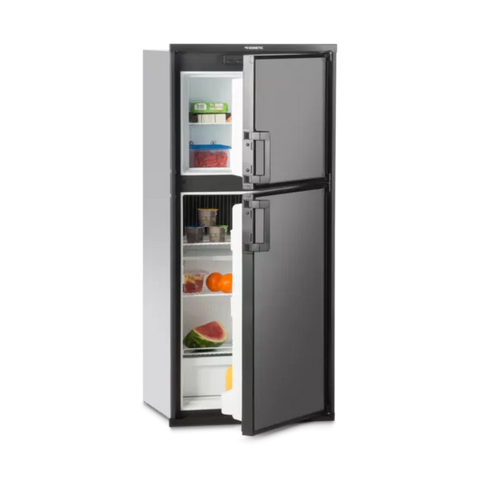
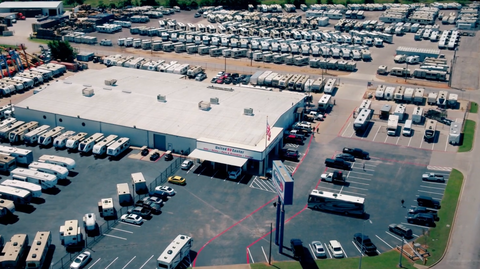
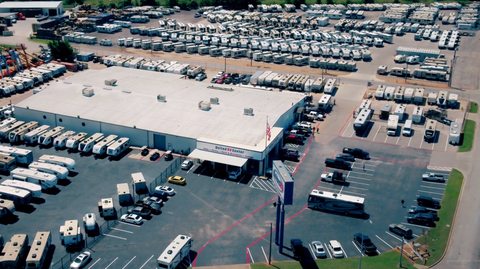
Comments (0)
There are no comments for this article. Be the first one to leave a message!